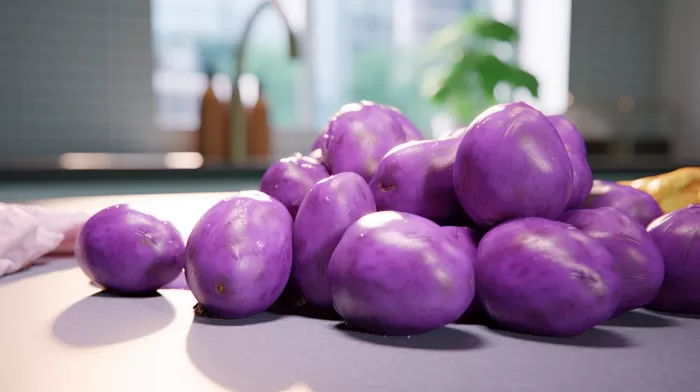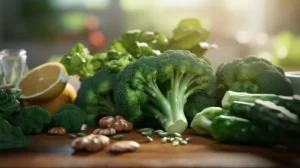Put down that fast food and take a bite of a purple potato instead. You might be surprised to learn that according to research, preparing potatoes the right way (avoiding deep frying) – particularly the purple variety – can be just as effective as oatmeal in terms of lowering your blood pressure.
The Potato’s Surprising Health Benefits
Potatoes have developed an undeserved bad reputation when it comes to health food. Many people believe that potatoes are loaded with empty calories, high carbohydrates, and will only cause weight gain. The truth is, potatoes can be rather nutritious when prepared and served without the addition of frying, butter, margarine, or sour cream.
A regular potato prepared in a healthy way carries only 110 calories and is packed with numerous health-promoting phytochemicals and vitamins. Joe Vinson, Ph.D., who led a study at the University of Scranton in Pennsylvania, hopes that the potato’s nutritional image will undergo a transformation as people become more aware of its potential benefits.
Purple Potatoes: A Powerhouse for Lowering Blood Pressure
In Vinson’s study, 18 individuals with high blood pressure and primarily overweight or obese participated in an experiment that aimed to analyze the effects of purple potatoes on blood pressure levels. Participants were given around seven purple potatoes, each roughly the size of a golf ball, to eat twice daily for a month. The purple potatoes were chosen because of their richness in beneficial phytochemicals.
The study revealed that the participants experienced an average 4.3 percent decrease in diastolic blood pressure (the bottom number), and a 3.5 percent decrease in systolic pressure. It’s worth noting that none of the participants gained weight during the study.
To ensure that the health benefits of the potatoes were preserved, the potatoes were microwaved without the use of butter or oil. The findings of this study were shared at the 242nd National Meeting & Exposition of the American Chemical Society (ACS) held in Denver.
Why Purple Potatoes?
Purple potatoes might be less common than their regular counterparts, but they come with their unique set of benefits. These potatoes are rich in various nutrients, including antioxidants, which help protect your cells from damage. They are also filled with anthocyanins, the very same compound that gives blueberries their vibrant color and numerous health benefits.
Anthocyanins are a type of flavonoid that serves as a powerful antioxidant, with several studies linking them to a decreased risk of chronic conditions, such as heart disease, type 2 diabetes, certain types of cancers, and inflammation in the body.
How to Prepare Purple Potatoes for Maximum Benefit
When it comes to preparing purple potatoes, the key is to keep the cooking process simple in order to retain their beneficial nutrients. Below are a few tips on how you can incorporate purple potatoes into your diet:
- Don’t peel the skin. The skin of the potato contains many of its beneficial nutrients, so it’s best to keep it intact. You can scrub the potato gently under running water to clean it.
- Avoid deep frying. Deep frying can add unnecessary calories and fat, diminishing the potato’s health benefits. Instead, try boiling, steaming, or baking your potatoes.
- Skip the high-calorie toppings. Butter, sour cream, and other high-calorie toppings might be tempting, but they can add extra calories and fat. Opt for healthier alternatives like Greek yogurt, olive oil, or fresh herbs.
- Microwave for convenience. Microwaving potatoes ensure quick and easy preparation without the added oils. Be sure to poke holes in the potato with a fork first, to prevent it from bursting.
Whether you’re trying to manage your blood pressure or are simply on the hunt for more exciting and healthier food options, consider incorporating purple potatoes into your meal rotation. Not only do they pack a colorful punch with their vibrant hue, but their numerous health benefits make them a more nutritious alternative to the ubiquitous white potato.



